The buzz about CBD and THC probably exceeds that of the cannabis plant itself. Interestingly, these cannabinoids are just a fraction of the total composition of cannabinoids in the cannabis plant (hemp and marijuana). In addition to CBD and THC, there are many other cannabinoids like CBG, CBN, THCV, CBC, and their acidic versions.
Table of Contents
What are Cannabinoids?
Cannabinoids are molecular compounds that act via the body’s endocannabinoid system to enact neurotransmitter modulation. Plant cannabinoids are more specifically called 'phytocannabinoids.' There are also 'endogenous' cannabinoids that are produced naturally by the body.
Cannabis cannabinoids are found in both hemp and marijuana. They come in neutral ('active') or acidic ('inactive') forms, such as:
- Tetrahydrocannabinol (THC) and Tetrahydrocannabinolic Acid (THCA)
- Cannabidiol (CBD) and Cannabidiolic Acid (CBDA)
- Cannabigerol (CBG) and Cannabigerolic Acid (CBGA)
- Cannabichromene (CBC) and Cannabichromenic acid (CBCA)
- Cannabinol (CBN)
- Cannabidivarin (CBDV)
- Tetrahydrocannabivarin (THCV)
While THC and CBD are said to be 'major' cannabinoids, CBG, CBC, CBN, and others are said to be 'minor' cannabinoids. This is because they are not produced as potently. The exception to this is new CBG-dominant hemp strains that produce CBG hemp flower.
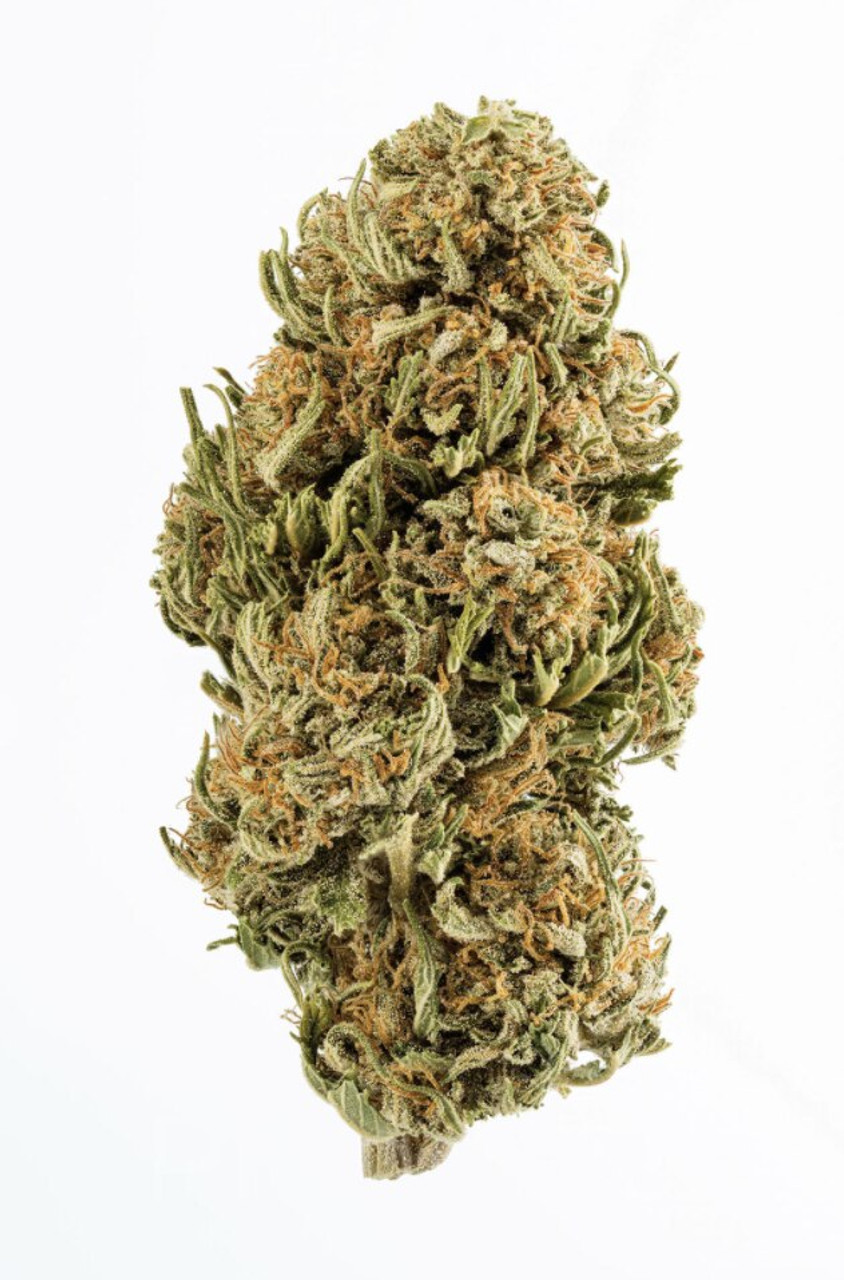
Plain Jane CBG Hemp Flower offers a slightly different experience than CBD Hemp Flower.
How Cannabinoids are Made
In his paper “Taming THC: potential cannabis synergy and phytocannabinoid-terpenoid entourage effects,” Ethan Russo explains:
Phytocannabinoids and terpenoids are synthesized in cannabis, in secretory cells inside glandular trichomes that are most highly concentrated in unfertilized female flowers prior to senescence. Geranyl pyrophosphate is formed as a precursor via the deoxyxylulose pathway in cannabis, and is a parent compound to both phytocannabinoids and terpenoids. After coupling with either olivetolic acid or divarinic acid, pentyl or propyl cannabinoid acids are produced, respectively, via enzymes that accept either substrate... Although having important biochemical properties in their own right, acid forms of phytocannabinoids are most commonly decarboxylated via heat to produce the more familiar neutral phytocannabinoids.
The Cannabigerol (CBG) Cannabinoid
Unlike THC, CBG does not result in psychoactive or intoxicating effects. This is similar to the mode of action of CBD as well. An interesting fact is that both CBD and THC start as cannabigerol.
The precursor to CBG (and to THC and CBD is cannabigerol acid (CBGA). Enzymes convert CBGA into CBDA and THCA (the acidic forms of THC and CBD). When THCA, CBDA, and CBGA are decarboxylated from heat, light, or age, they form 'active' THC, CBD, and CBG. That is why levels of CBD, THC, and CBG are low in hemp flower- because it has not been 'activated' yet.
The Tetrahydrocannabivarin (THCV) Cannabinoid
THCV is a compound that resembles the THC cannabinoid. Nevertheless, it poses a different effect on the body. THCV is not psychoactive like THC and will not get you high. This rare cannabinoid has not been well studied, but some THCV users claim that cannabis strains with THCV help curb appetite and do not give you the munchies. This rumor has given rise to a new nickname for THCV cannabis strains- 'Diet Weed.'
The Cannabinol (CBN) Cannabinoid
Cannabinol is the degradation product of THC. It is formed when THC is heated or exposed to oxygen. CBN is usually undesirable in cannabis because, traditionally, it is a sign of aging. CBN is a mildly psychoactive cannabinoid and is known to be sedative. For insomnia sufferers, CBN may actually be desirable.
CBN products are beginning to emerge in the CBD market. Consumers should be aware, though, that these products are not likely legal because CBN is somewhat psychoactive and not well studied.
Full-Spectrum CBD Cannabinoids
Full-spectrum CBD products are formulations that include all of the natural terpenes and minor cannabinoids naturally present in a cannabis plant. It is thought that full-spectrum CBD oil imparts an 'entourage effect.'
This means that instead of relying on potency, full-spectrum products can exert more broad effects because the diverse compounds can interact with more of the body than CBD isolate. If you find yourself relying on high-potency CBD, trying lower potency full-spectrum CBD products is another option to consider.
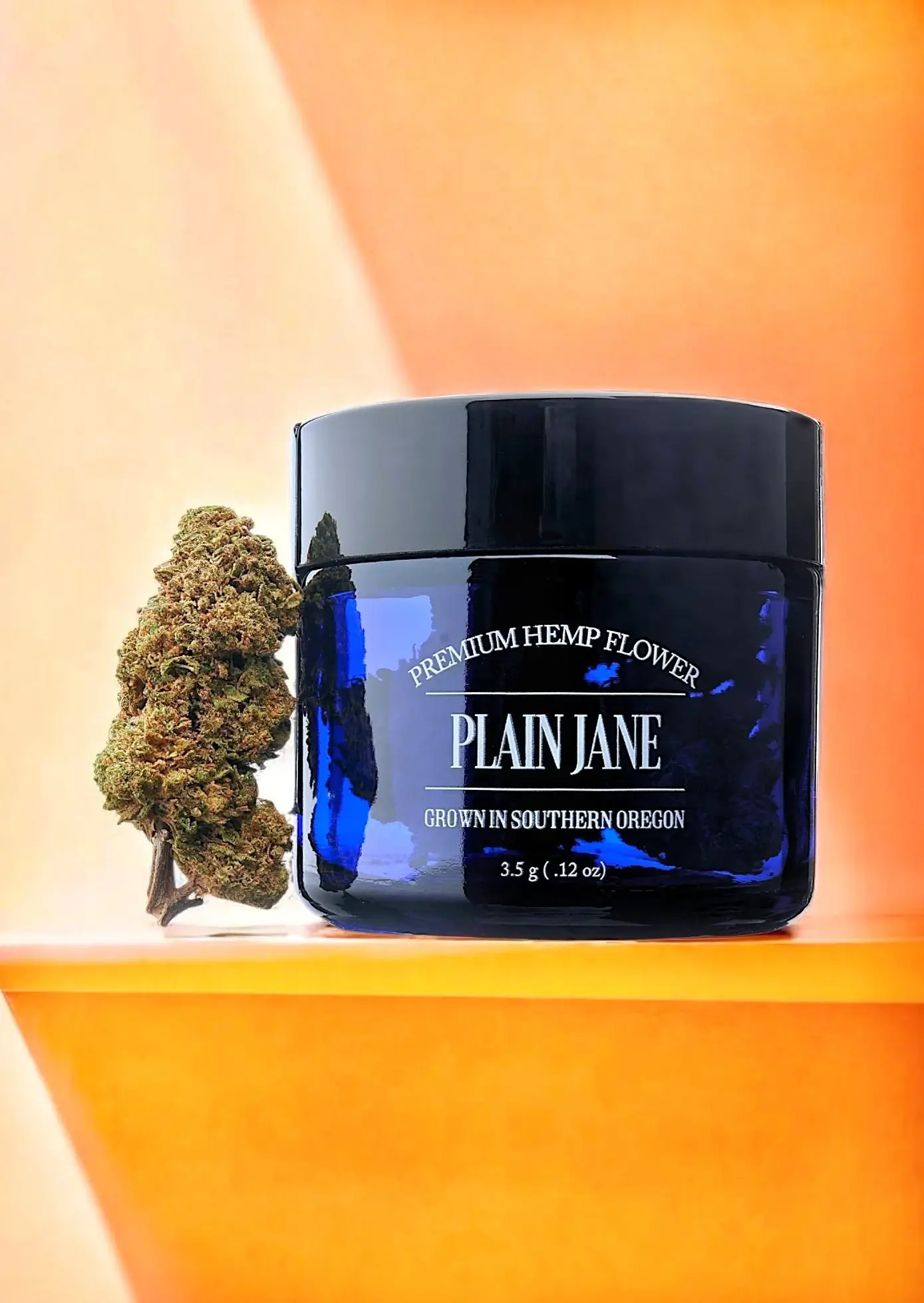
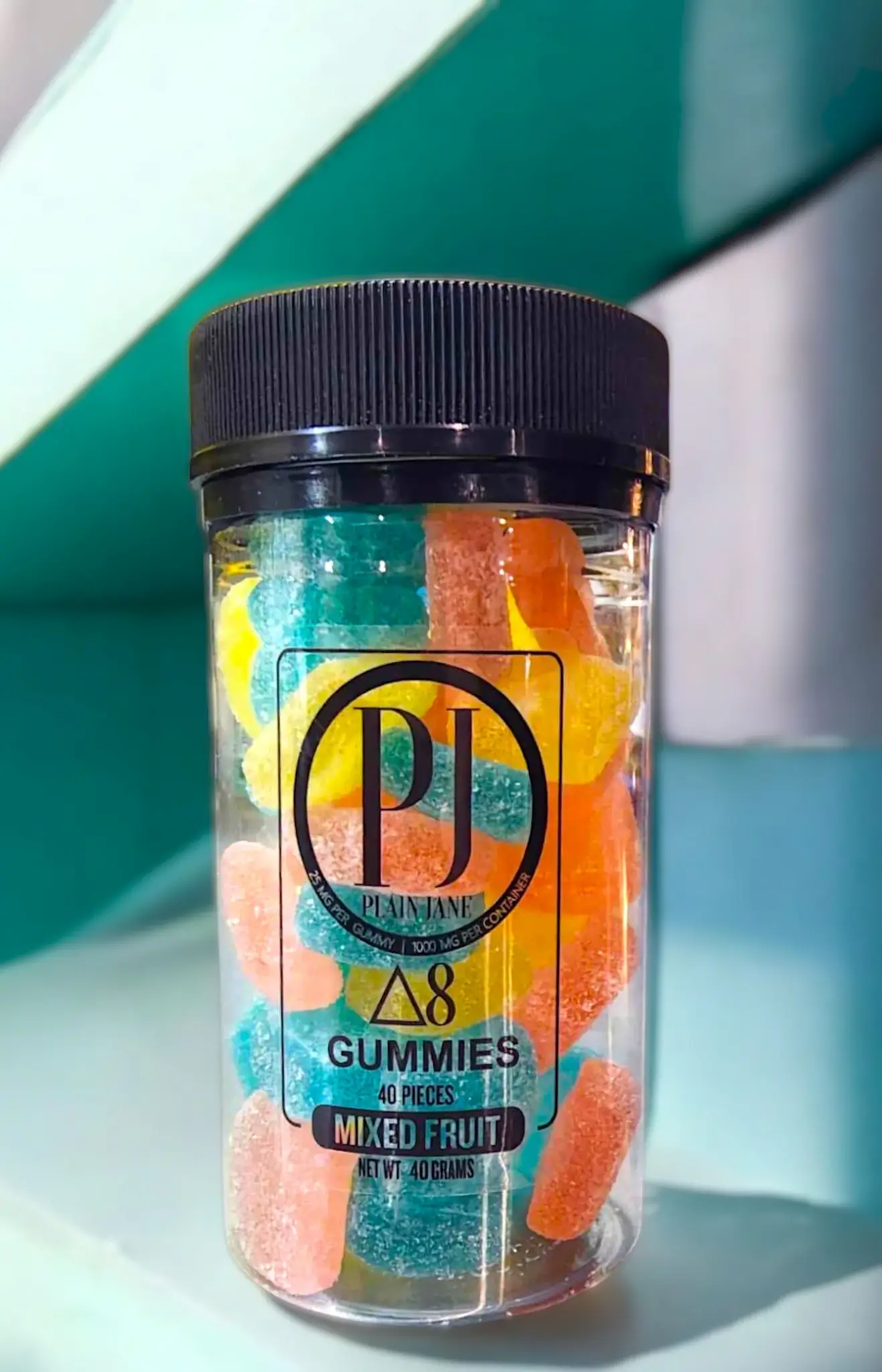
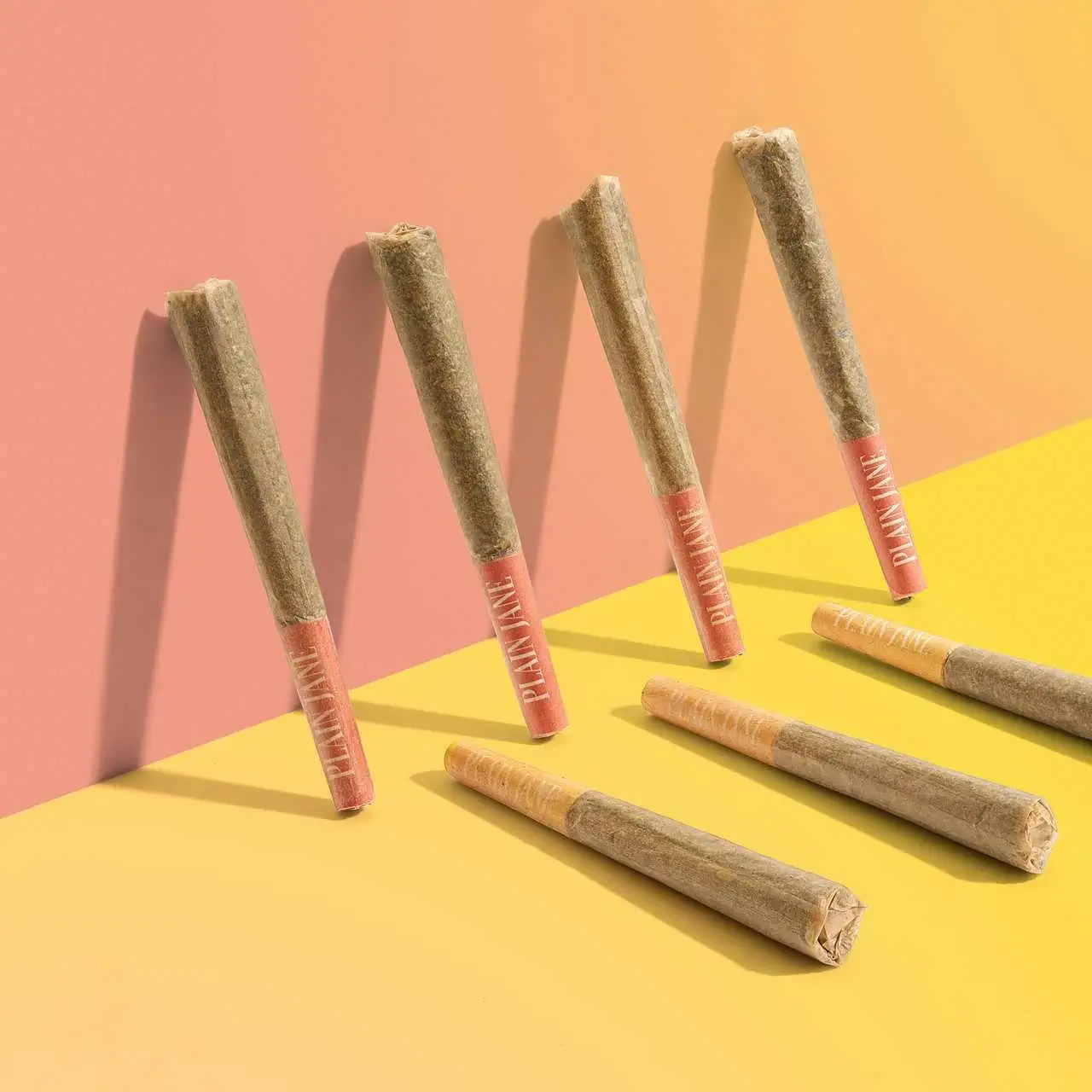

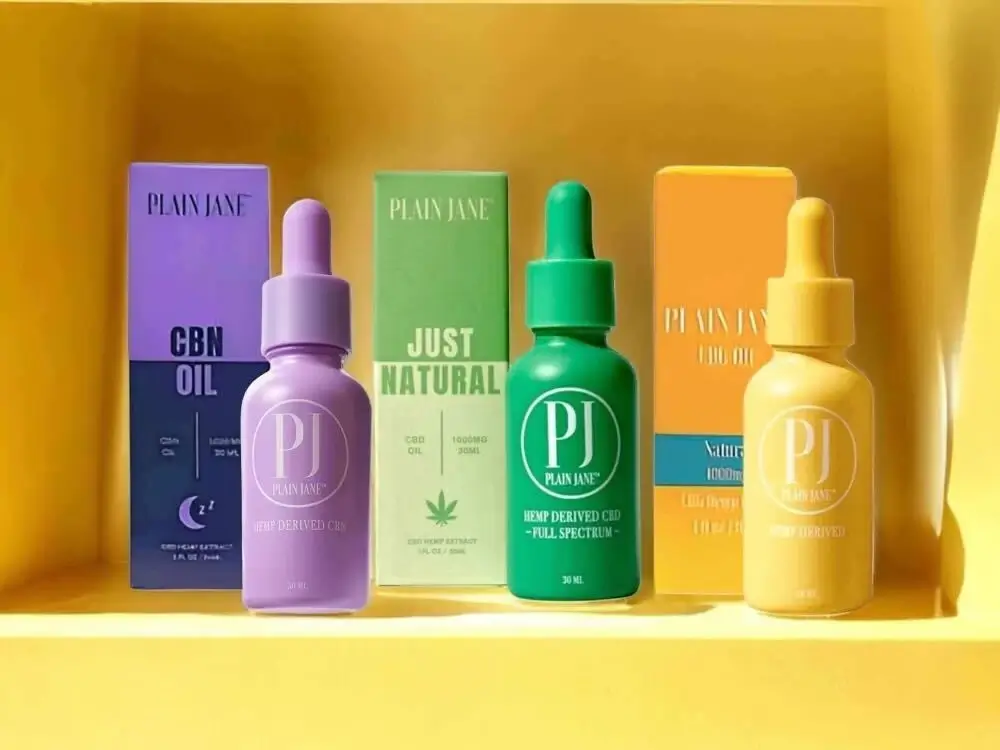
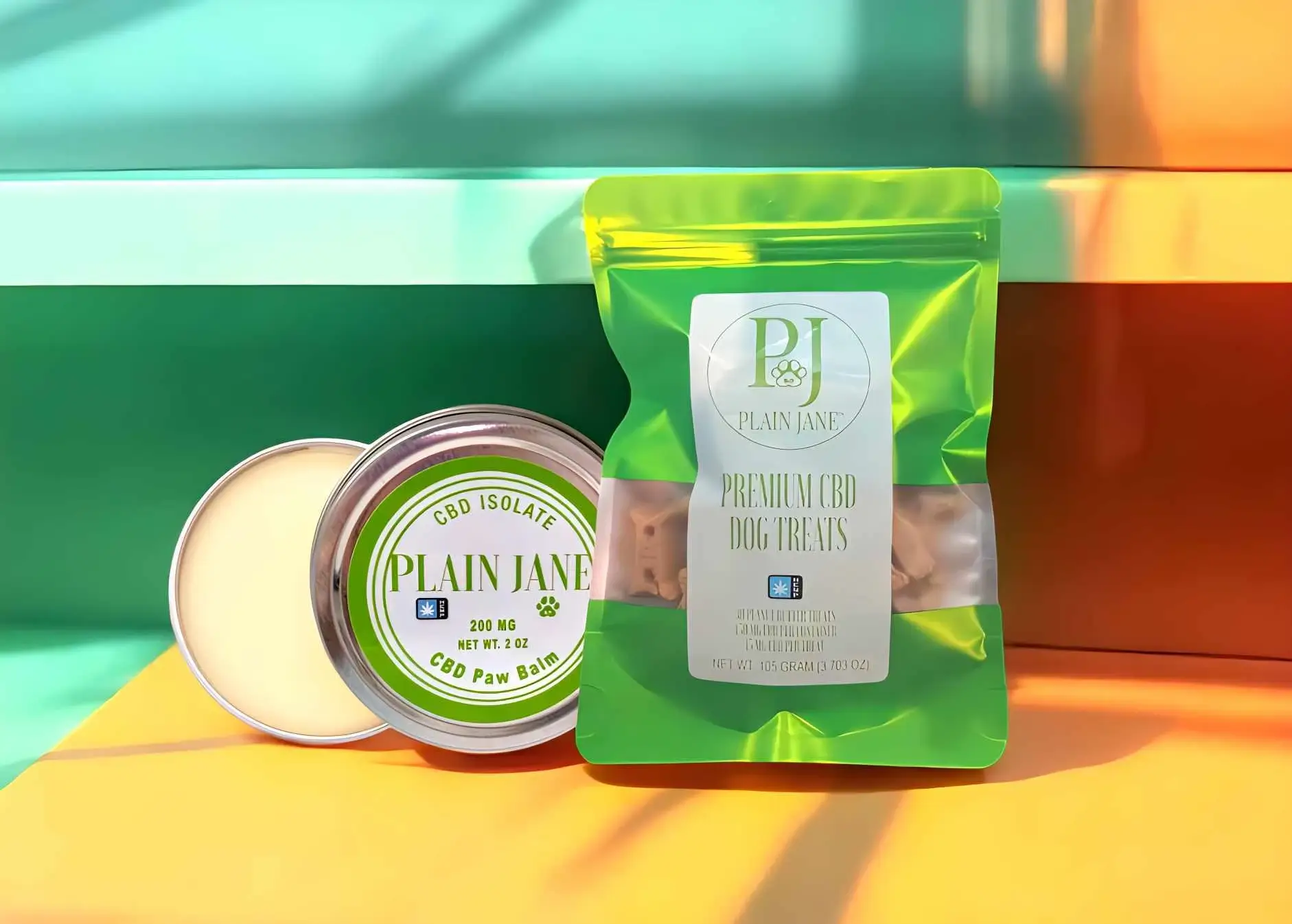
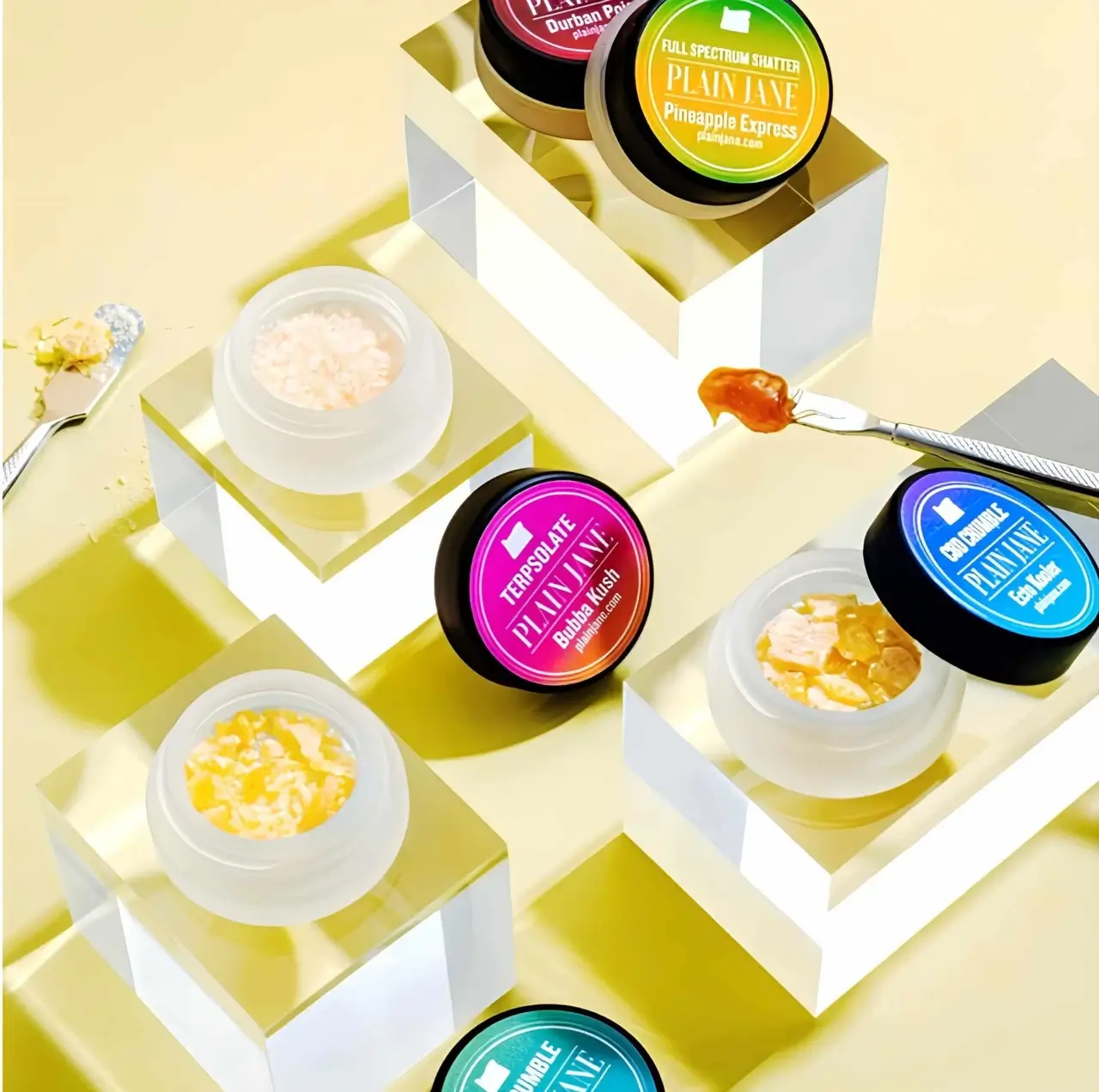
0 comments